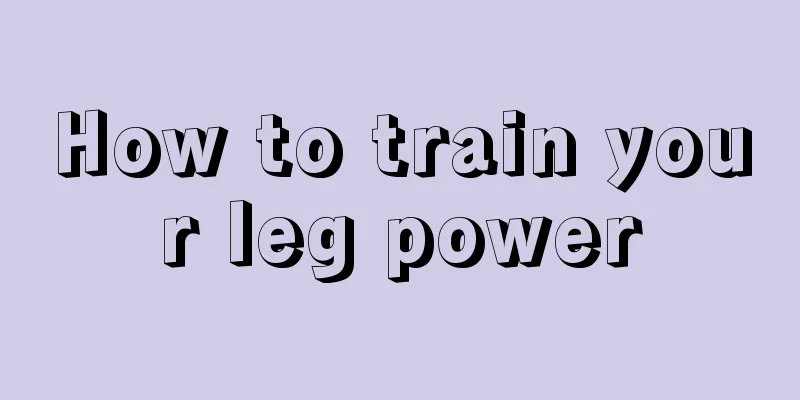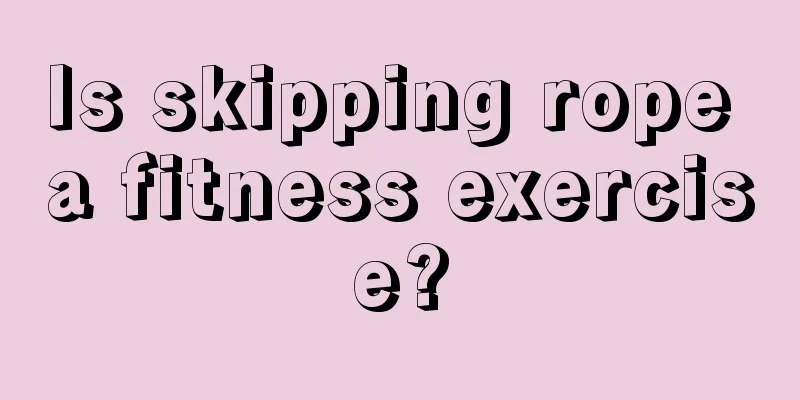How to use trekking poles?

|
Trekking poles are used as an auxiliary tool for mountaineering. It can bring us more advantages. On the one hand, we can use the power of trekking poles to climb mountains. On the other hand, when encountering some emergencies, trekking poles can play its role. Trekking poles are a more popular tool. So let us understand together, how to use trekking poles? I hope this can be of some help to everyone. handle Common materials used include rubber, cork, plastic and foam. Generally speaking, the first two materials are more comfortable to grip, but no matter which material is used, the key lies in the user's feeling! This is very subjective. You must try it yourself to feel which one is more comfortable, and then choose the style you like. However, when we use trekking poles, most of the time we apply force on the wrist strap of the trekking pole, and the comfort of the handle material is not a very important consideration. In addition, from an economic perspective, the materials of the first two are more advanced, so the price is naturally more expensive! If your budget is limited, this is one of the directions worth considering! In addition, the handles and poles of some trekking poles will show 15. The angle of this trekking pole is derived from the design of ski poles. It can easily touch the ground when going downhill to achieve the braking effect. It is also applicable to mountain hiking. However, it is not easy to touch the ground when going uphill or walking on flat ground. You must be very skilled in the use of trekking poles to get used to the particularity of the angle design. Therefore, we do not recommend beginners or users who only walk on flat ground to buy this type of trekking pole. Wristband This part is the most important part we need to consider when buying trekking poles, because when using trekking poles to help body movements, the power must be transmitted to the upper body through the wrist strap, using the power of the upper body [mostly the arms] to help the body move forward or reduce the impact force, thereby reducing the load on the legs. When choosing a wristband, you should consider the durability, softness and width of the material. The length of the strap should be adjustable to facilitate wrist movement. It is best to choose a wristband without a buckle. If it comes with a buckle, be sure to try it on to make sure it does not affect the movement of your wrist or palm. Support rod In terms of materials, there are currently four main types: wood, iron, aluminum alloy and titanium alloy; titanium alloy is the lightest, followed by aluminum alloy, then wood, and iron is the heaviest. The price is mostly inversely proportional to the weight, that is, the lighter the weight, the more expensive the price. However, the price of wooden trekking poles cannot be compared with the above metal trekking poles, because wood is available everywhere and does not cost anything! Some exquisitely handcrafted trekking poles are often shockingly expensive, so wooden trekking poles are not discussed here. However, if you want to use ready-made wooden trekking poles in the wild, please try to pick up dead branches on the ground and never cut down standing trees. Protecting the integrity of the ecology is one of the principles that should be followed when engaging in outdoor activities. In terms of function, trekking poles can be divided into two categories: adjustable type and non-adjustable type. The adjustable type can be divided into three-section adjustable type and tenon adjustable type. The three-section adjustable type is often used by hikers because of its large adjustment flexibility, suitable for users of different heights and body shapes. It can also be folded up for easy carrying. When the terrain is not suitable or necessary for trekking poles, it can be folded up and placed in a backpack. Most trekking poles on the market are designed to be at least folded to a length of 30 inches. The tenon adjustment type has less adjustment flexibility and is more suitable for outdoor use on flat ground or in a gentle slope. The above is a detailed answer to how to use trekking poles. Many people may not like to use trekking poles during mountaineering. In fact, trekking poles can save us a lot of energy and help our body to be healthier. They may cause some pressure on the cervical spine during mountaineering. But trekking poles can improve this situation. |
<<: What are the precautions for mountain climbing?
>>: How to do the Half Moon Pose Yoga pose?
Recommend
How to lose weight safely and healthily?
Nowadays, most people want to have a slim figure,...
Can walking lower blood sugar?
For many middle-aged and elderly people, walking ...
How do muscles move?
There are many kinds of muscle exercises, dependi...
How to exercise and lose weight effectively?
Now that people's living conditions have impr...
What should you pay attention to when doing ani-lift exercises?
Everyone knows about exercise, but when it comes ...
What causes hand tremors after exercise?
Modern society is a society where everyone exerci...
What kind of exercise is effective for losing weight?
There are thousands of types of exercise, and any...
Should you drink water before or after exercise?
Exercise is essential for everyone, because it ca...
What are some more intense fat-burning exercises?
In life, obesity is everywhere, which is undoubte...
When is the best time to run in summer?
When running, you must control the speed and dist...
What are some exercise methods to lose belly fat?
There are really a lot of people with belly fat. ...
How to do stretching exercises after skipping rope
Jumping rope is a very good exercise, but many pe...
Does doing sit-ups at night help lose weight?
Sit-ups are an exercise we do very often. They ca...
How much does a shot put weigh?
Regular physical exercise can make our bodies hea...
Yoga can help women get rid of pain, it's really great
“Old friends” of many years always make us happy ...









